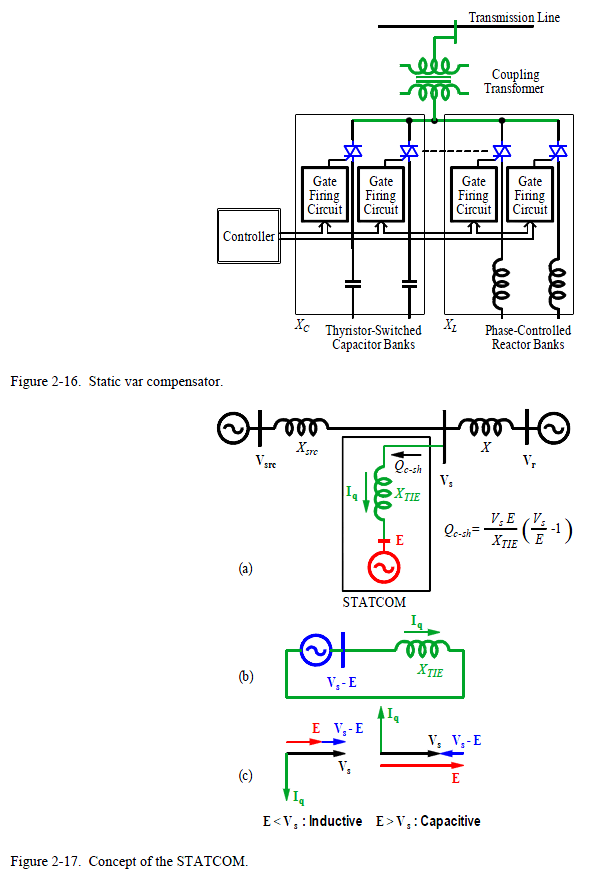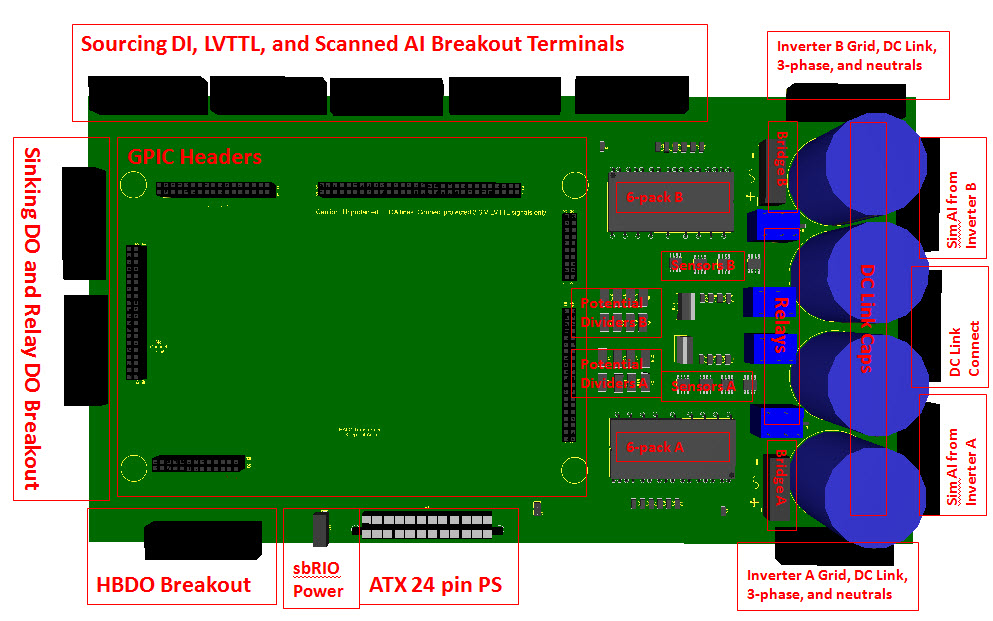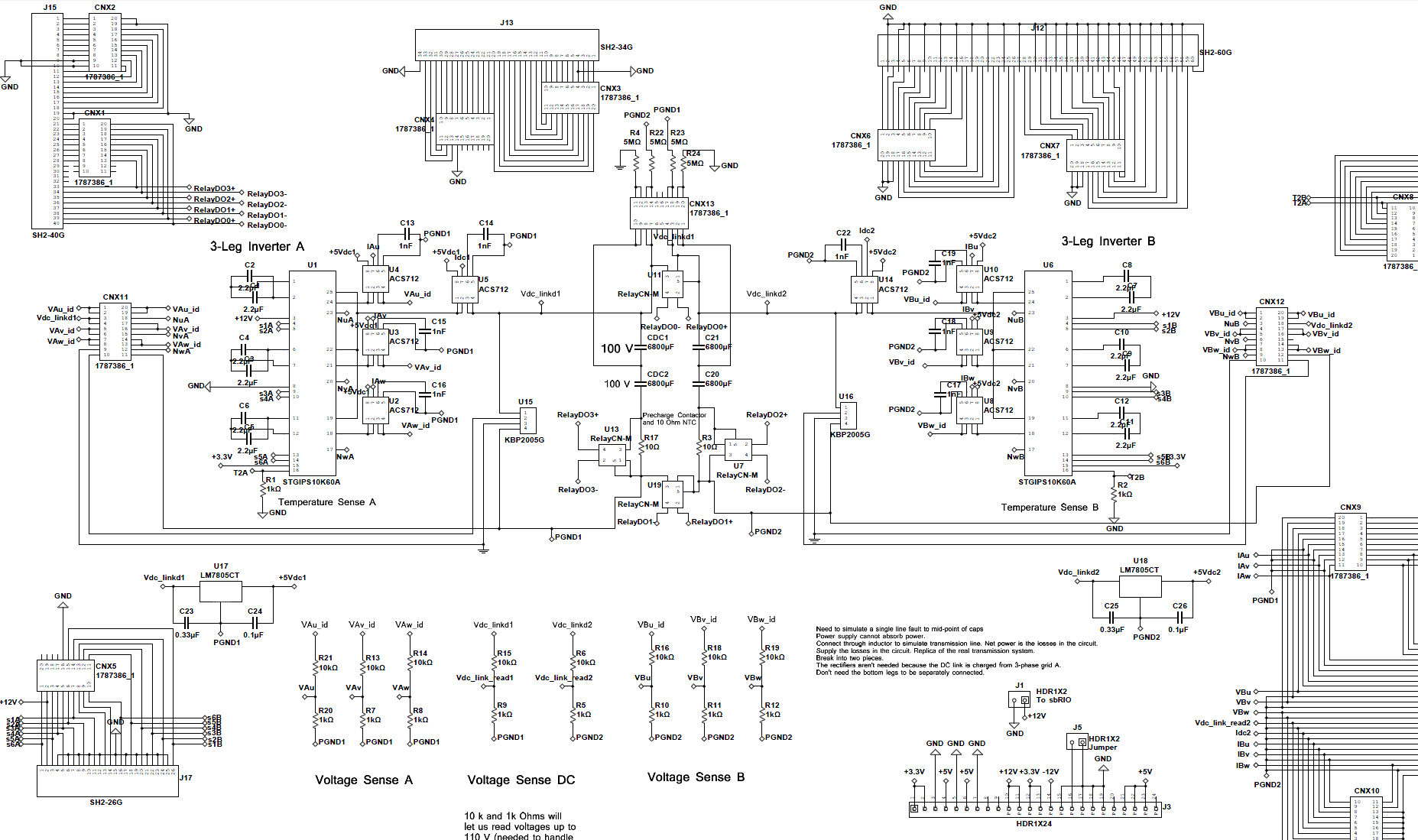- Subscribe to RSS Feed
- Mark Topic as New
- Mark Topic as Read
- Float this Topic for Current User
- Bookmark
- Subscribe
- Mute
- Printer Friendly Page
Open source power electronics?
11-03-2011 06:58 PM
- Mark as New
- Bookmark
- Subscribe
- Mute
- Subscribe to RSS Feed
- Permalink
- Report to a Moderator
Would anyone be interested in having/using or helping to create an open source library of power electronics control IP for LabVIEW FPGA?
From what I have heard, the open source LabVIEW community is growing exponentially. Meanwhile, research and development in power electronics is growing exponentially. Why not create a library of power electronics IP that expands, evolves and improves at super-exponential rates?
03-06-2012 12:46 AM
- Mark as New
- Bookmark
- Subscribe
- Mute
- Subscribe to RSS Feed
- Permalink
- Report to a Moderator
A very good initiative! But, could you elaborate on what should be the content actully? My way of interpeting is that, "we need to create a library of power electronics using labview, in the lines of MATLAB-SIMULINK-SimpowerSystems libary'!!
I am surely interested in putting in some efforts for the same.
Looking forward for more inputs from other esteemed members.
03-06-2012 07:17 AM
- Mark as New
- Bookmark
- Subscribe
- Mute
- Subscribe to RSS Feed
- Permalink
- Report to a Moderator
08-31-2012 02:39 PM
- Mark as New
- Bookmark
- Subscribe
- Mute
- Subscribe to RSS Feed
- Permalink
- Report to a Moderator
BMac,
I just noticed this thread and am curious what the argument would be for porting power electronics control into FPGA comparded to the RT environment? Is there an inherent advantage for specific types of electrolnics that could benefit from the parallel processing or tighter control loops?
Perhaps if it was out there what sort of applications that this IP would benefit, more specific members of the open source community would start to pop up to aid in this effort. Thanks,
Field Engineer
09-17-2012 10:04 AM
- Mark as New
- Bookmark
- Subscribe
- Mute
- Subscribe to RSS Feed
- Permalink
- Report to a Moderator
Hi ColeTrain,
The main benefit of FPGA based control is the true hardware parallelism of the device, fast pin-to-DSP-to-pin response time, and the ability to implement custom-defined pulse modulation schemes that can be highly optimized for the converter topology and filter design. Note that modern FPGAs are actually hybrid devices containing a matrix of DSP multiply accumulate (MAC) units distributed throughout the fabric. There are many benefits from integrating the DSP cores into the same chipset- particularly the economics (40 times higher performance for the same price for the Spartan-6 LX45 FPGA in the NI Single-Board RIO General Purpose Inverter Controller, compared to a traditional dual core DSP, based on quantity 1 Digikey pricing), and the low latency signal path between the I/O, the DSP core, and the PWM logic implemented in FPGA fabric (less than 25 nanosecond latency is typical).
The main issue with traditional DSP and processor based control is the lack of parallelism. It's common to 'break' code that was previously working when adding new functionality, since each algorithm competes for the same processing resource, particularly the MAC units.
Yakov Familiant from Eaton Corporation does a nice job in describing how "hybrid FPGA"-based inverter control compares to "traditional-DSP"-based control in the feedback he shared regarding his experiences with the NI GPIC.
Feedback from Eaton Corporation Lead Engineer for Power Systems & Architectures,Yakov Familiant
There is a section in the CompactRIO Developer's Guide with recommendations on best practices for writing modular, reusable IP blocks for the FPGA to maximize the readability, testability and reusability of the IP cores. These could be good tips for folks interested in developing open source LabVIEW FPGA code for power converter control.
See section 3 in the guide here:
NI LabVIEW for CompactRIO Developer's Guide
09-17-2012 10:35 AM
- Mark as New
- Bookmark
- Subscribe
- Mute
- Subscribe to RSS Feed
- Permalink
- Report to a Moderator
Here is one idea for an open source project. In collaboration with a number of folks, we are developing a back-to-back 3-phase inverter research board for the NI General Purpose Inverter Controller (GPIC). The idea is to create a low cost, flexible board with two small 6-pack IGBT intelligent power modules on it, and to keep the wiring as flexible as possible for use in a variety of applications (including simulating faults, etc.). Also, by keeping the design open in Multisim and Ultiboard, developers can modify the circuit as desired before sending it off to the board fabrication & assembly house.
Using separate boards connected to the GPIC research board, you can simulate AC transmission and distribution lines, generators and loads, and use the system to develop, for example, Flexible AC Transmission and Distribution Control Systems (FACTS) controllers. It's been common practice for 30 years to develop mini-scale analog simulators for the development of FACTS control systems. The advantage of using the NI sbRIO GPIC is that the control systems developed could be immediately scaled up to full power for high volume commercial deployment. Here are some applications that we want to support from Dr. Kalyan Sen's book.
Introduction to FACTS Controllers: Theory, Modeling, and Applications


Here is an Ultiboard mechanical drawing and Multisim schematic showing the latest concept for the research board.


Anyone interested in collaborating on this research board design?
